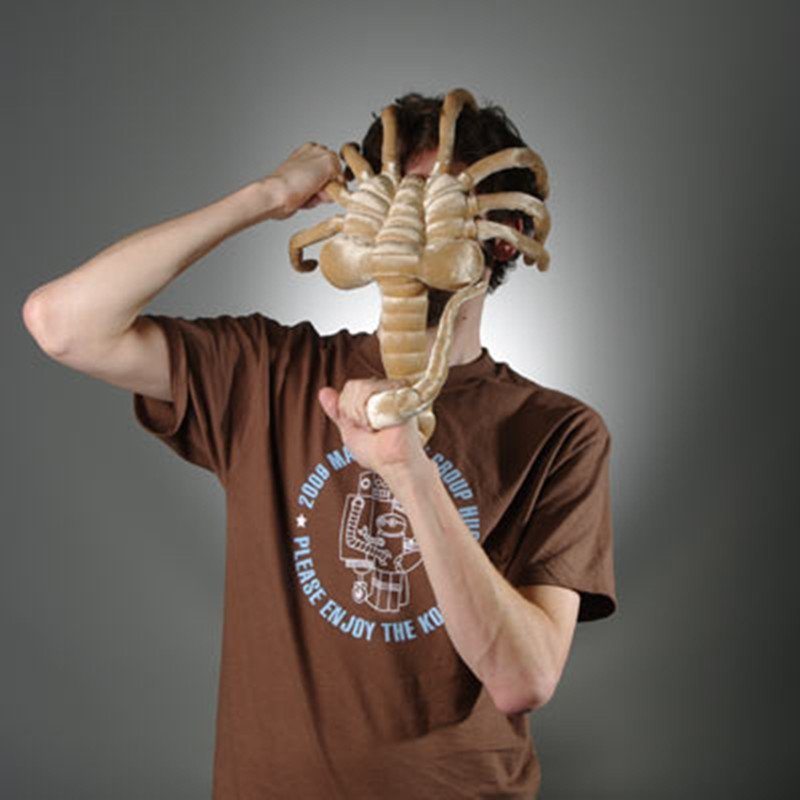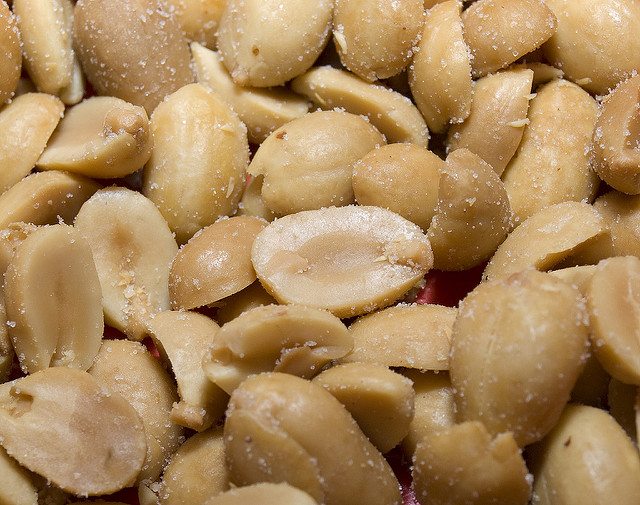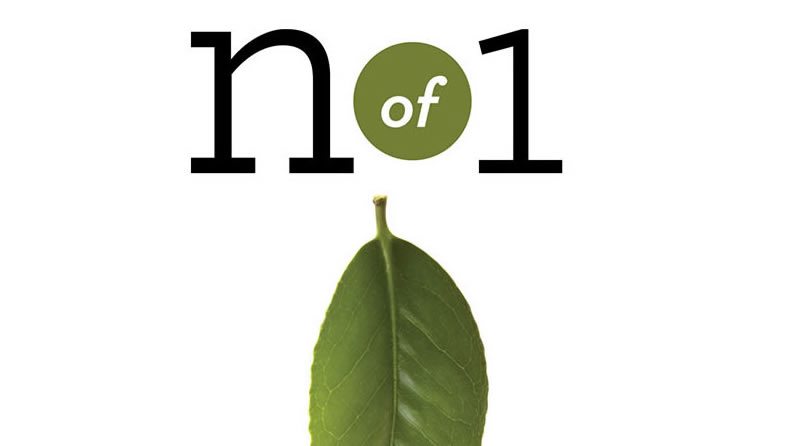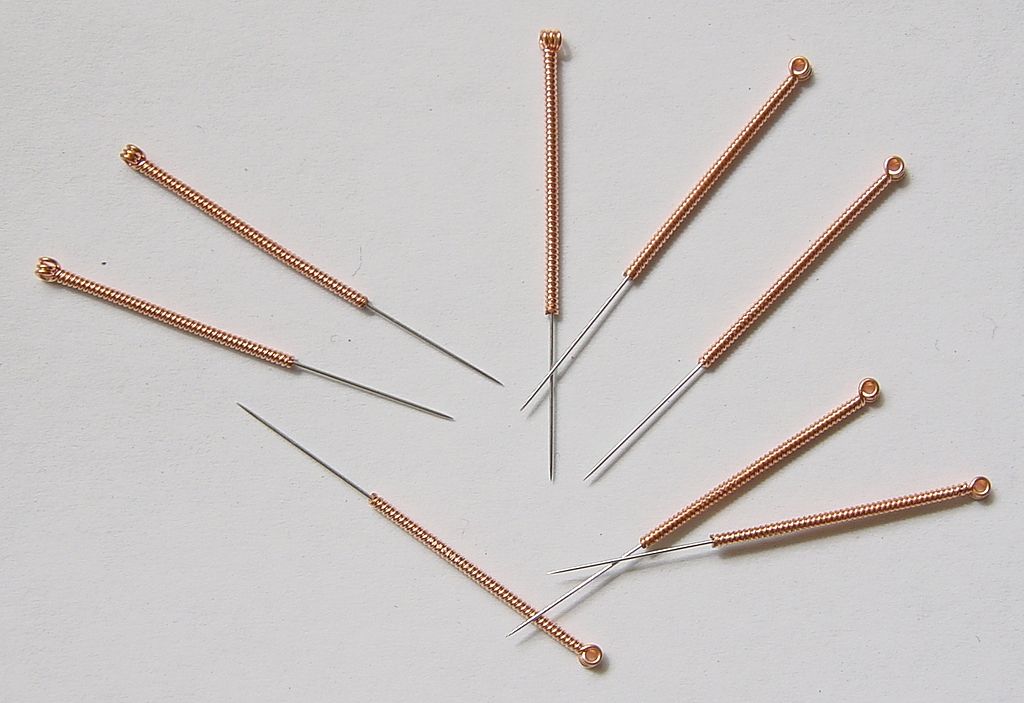
Donald Trump and Peter Thiel vs. the FDA: Be afraid. Be very afraid.
Donald Trump's three most likely picks for FDA Commissioner all favor loosening drug approval standards. Two are cronies of Peter Thiel, of which one believes that the FDA shouldn't require evidence of efficacy, only safety, and the other believes that a "Yelp for drugs" would do a better job than the FDA. The third candidate is a bona fide, honest-to-goodness pharma shill....

Science-Based Satire: Invertebrate Research Reveals Clue to Evolutionary Origins of the Chiropractic Subluxation
New evidence calls into question the belief that chiropractic subluxations require a spine, much to the relief of millions of suffering invertebrate species.

Peanut Allergy Prevention Advice Does a 180
New guidelines suggest that preventing peanut allergies may be as simple as giving peanut-containing food, beginning in infancy. How did old guidelines, which recommended avoidance, get it so wrong?

Trump Meets with RFK Jr. To Discuss “Vaccine Safety”
Trump and RFK Jr., both with anti-vaccine conspiracy beliefs, met to discuss forming a presidential panel on vaccines and autism. The exact outcome is uncertain, but the possibilities are frightening.

Dietetics: Embracing Integrative and Functional Medicine?
The Accreditation Council for Education in Dietetics is planning on changing the accreditation standards for requirements Registered Dietitians to include integrative and functional nutrition as core components. This should worry science-based practitioners, and the general public.

The Medical Director of The Cleveland Clinic Wellness Institute spewed antivaccine misinformation last week. Why is anyone surprised?
A social media firestorm erupted over the weekend after Dr. Daniel Neides, Director of The Cleveland Clinic Wellness Institute, posted an article full of antivaccine misinformation. The Cleveland Clinic promptly disavowed it, but shouldn't have been surprised that one of its "integrative medicine" leaders is antivaccine. If you "integrate" medicine that teaches that "toxins" cause disease and "detoxification" is the cure, antivaccine...

Myths integrative medicine sells us: “We never advocate alternative medicine without conventional medicine”
"Integrative medicine" (IM) effectively integrates quackery with real medicine. The main talking point by advocates of IM meant to deflect this criticism is that IM practitioners always use alternative medicine with conventional medicine and never advocate the use of alternative medicine alone. A new book by a prominent advocate of IM suggests that this talking point is at best self-delusion among academics...

Oh no, not again! Massachusetts Legislature passes naturopathic licensing bill
The Massachusetts legislature passed a licensing bill giving naturopaths the right to use bogus lab tests to diagnose fake diseases and treat patients with useless remedies like homeopathy and herbs. It's up to Gov. Baker to stop this.

Chiropractic Internist: A “specialty” to avoid
The "chiropractic internist" is the creation of an industry association which promotes chiropractors as "primary care physicians." After 300 hours of instruction in a hotel conference room, they claim they can treat "anything that a medical doctor can."






